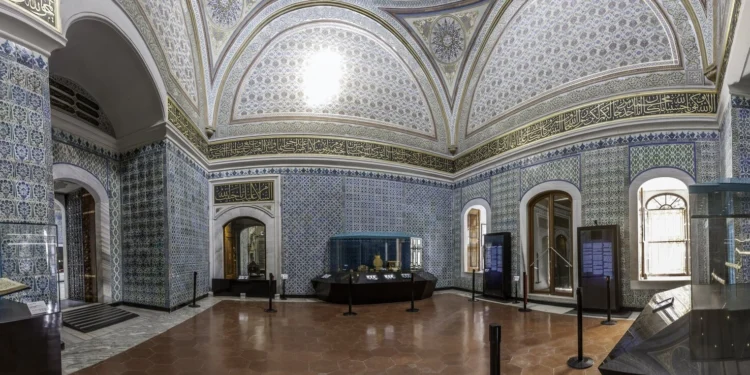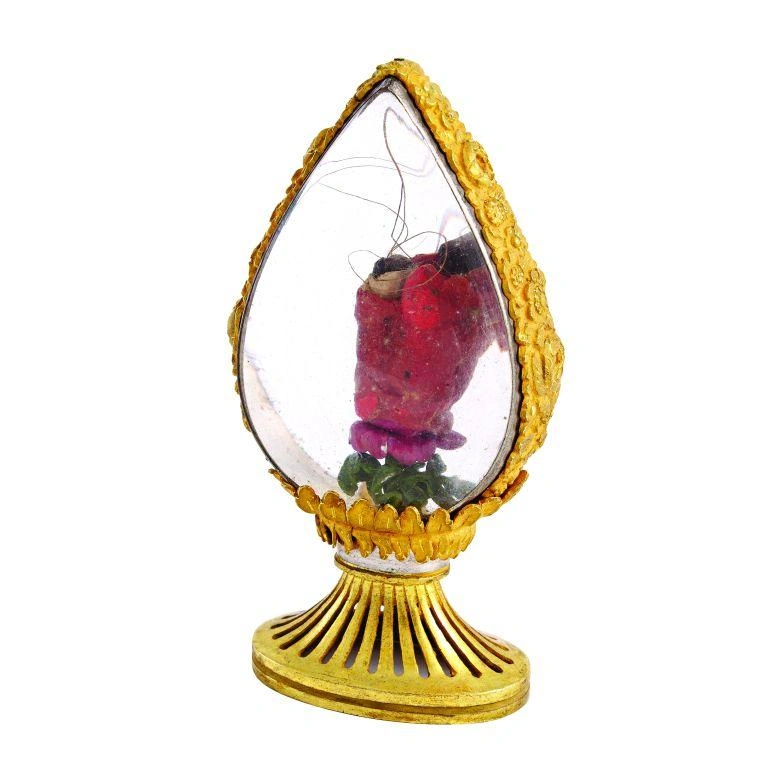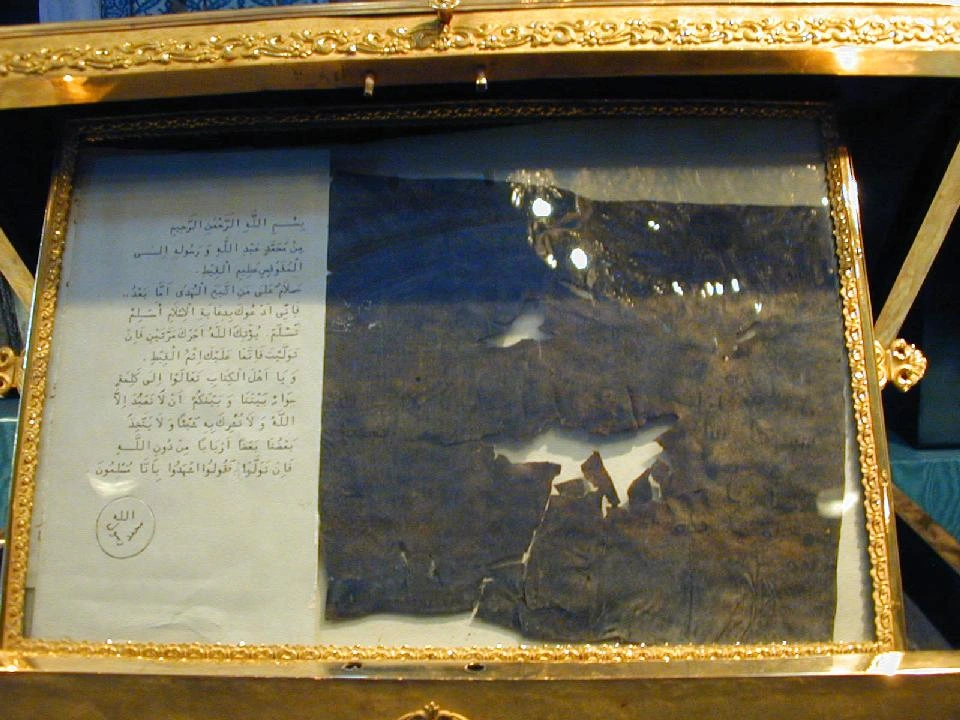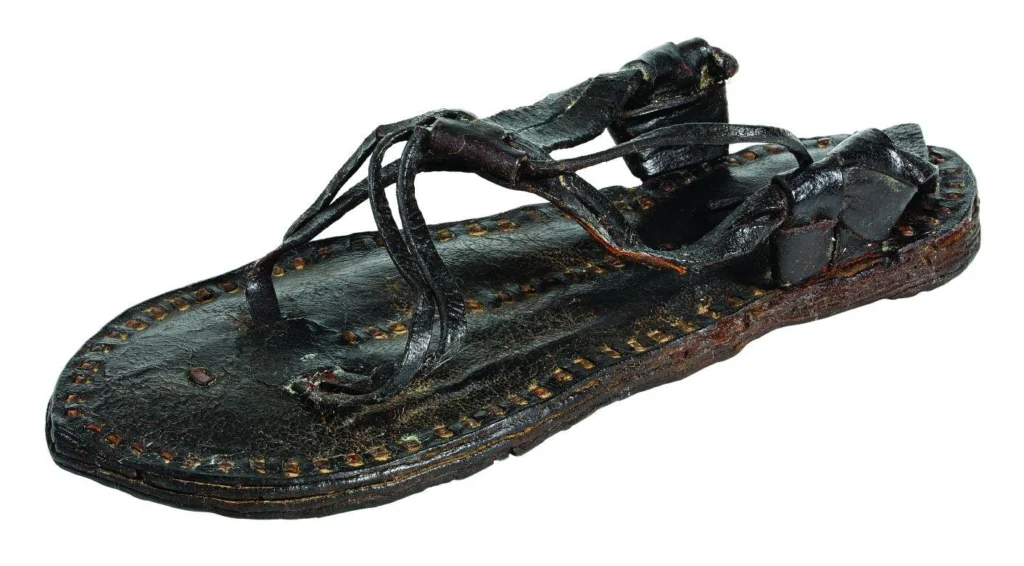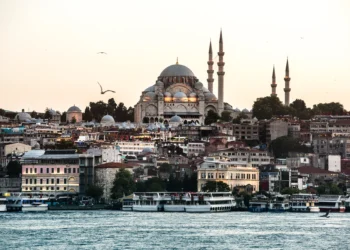The Topkapi Palace in Istanbul is a repository of Islamic culture and Ottoman glory, magnificent architecture and priceless relics. Its most holy room, the Chamber of the Holy Relics, contains objects belonging to the Prophet Muhammad such as his cloak, bits of hair, sword, bow and seal. These artifacts represent his deep legacy and are held in reverence by Muslims across the world. The palace is also home to precious objects like the Staff of Moses and those associated with other prophets, and Ottoman imperial trophies such as jewelled thrones and ritual garments. Topkapi Palace is also a portal between religious piety and the Muslim world’s cultural history, and a place of worship for both tourists and Muslims.
Table of Contents
Details of the Sacred Chamber of Prophet Muhammad (S.)
Artifacts on Display:
The Sacred Relics Chamber contains revered items, such as:
1) Prophet Muhammad’s cloak (known as the Holy Mantle).
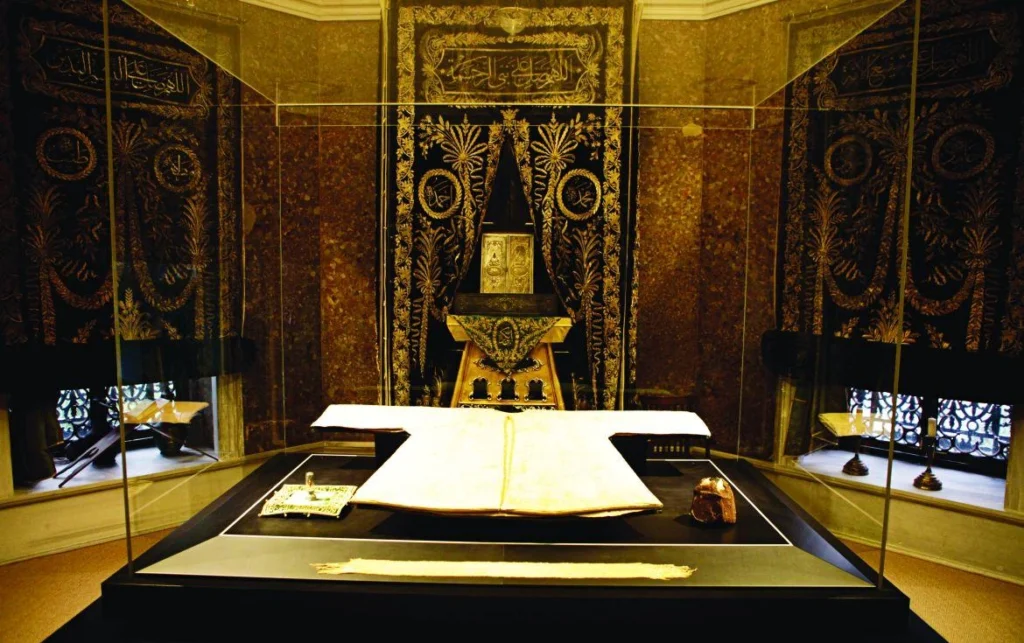
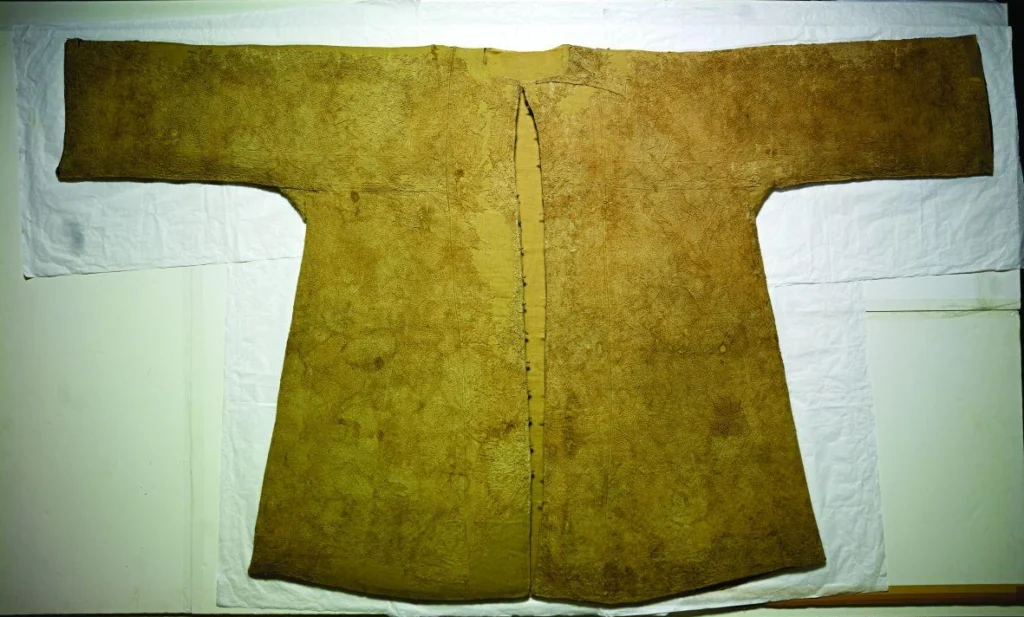
Photo Credit: History of Istanbul
The cloak of Prophet Muhammad, known as the Holy Mantle (Hirka-i Şerif), was one of the holiest treasures in the Topkapi Palace in Istanbul. The treasured garment thought to have been gifted by the Prophet to his companion Ka’b bin Zuhayr, has great spiritual significance for Muslims. The Holy Mantle is kept in the Chamber of the Holy Relics, an area that houses objects associated with the Prophet and other major Islamic figures. Held high in a gold-embroidered box, the cloak symbolizes the Prophet’s lineage of modesty and dignity. Visitors to the palace view the mantle as a powerful symbol of the Prophet, enabling their profound respect and identification with Islamic tradition.
2) Prophet Muhammad’s swords, and hair strands.
Photo Credit: History of Istanbul
The Topkapi Palace in Istanbul is an important museum of Islamic history, housing some of the most sacred objects associated with Prophet Muhammad, such as his swords and his hair. The Prophet’s swords, found in the Holy Relics Chamber, are held sacred because of their historical and religious significance. These weapons, supposedly drawn from wars fought to preserve the early Muslim population, signify not just his status as a prophet, but also as a ruler who defended justice and peace. The swords aspire to utility and simplicity, showing the Prophet’s humility in the utensils of command. Other than the swords, his hair, preserved in fine vessels, offers a uniquely intimate relation to his body. They display these relics in a way that emphasizes their sacredness, attracting millions of visitors eager to observe these physical connections to the Prophet’s life. The relics are not mere historical objects but hold an underlying spirit of sacredness, symbolizing the deep affection and admiration that Muslims still feel for the Prophet. The Topkapi Palace thus serves as a link between the spiritual and the historical and an extraordinary and ecstatic experience for believers and history buffs alike.
3) Letters and personal items, including a seal attributed to him.
There is even a seal bearing his name, which he had used to verify letters addressed to rulers demanding their acceptance of Islam. These letters are saved as records of his work as a messenger and diplomat, demonstrating his ability to promote peace and harmony beyond Arabia. The personal items, such as the seal, are deeply sacred, which is a testament to the Prophet’s modesty and deep nature. Displayed carefully in the Chamber of the Holy Relics, these objects offer a physical link to his life that draws respect and worship from visitors from all over the world.
4) Sandal and footprint are said to belong to the Prophet Muhammad.
Photo Credit: History of Istanbul
This place also has a sandal and a footprint of Prophet Muhammad. The sandal, carefully kept, speaks of his humble life, rooted in simplicity and religious concentration. Equally, the footprint, which is thought to have been engraved while he was alive, is an extremely sacred artifact, suggesting intimacy with his legacy. They’re displayed in the Chamber of the Holy Relics, where they are treated with extreme care, drawing pilgrims and visitors who feel a deep spiritual connection through them.
5) Artifacts related to other prophets, like Moses’ staff and Joseph’s turban.
6) Items used in Islamic rituals, including the keys to the Kaaba.
Atmosphere
The remains are exhibited in a silent, low-lit room, covered with old Ottoman calligraphy and decor, which aims to convey respect. Recitations of the Quran play throughout the chamber, as was traditionally done to honor the sacred artefacts.
Best Time to Visit
- Early Morning: Go early in the morning and also right after opening hours, to avoid crowds, as the Sacred Relics Chamber is one of the most popular areas.
- Weekdays: Weekdays tend to be less crowded than weekends, which are a staple for the locals as well as tourists.
- Seasonal Timing: Spring (April–June) and early autumn (September–October) are the best dates because the weather is nice and the crowds are not as thick as in peak summer.
Entry Fees and Costs
As of the latest information
- Topkapi Palace Entry Fee: Approximately £16–£18 GBP (600 Turkish Lira).
- Sacred Relics Chamber Access: Part of the Topkapi Palace general entrance fee.
- Optional Harem Section: Additional fee of around £8–£9 GBP (300 Turkish Lira).
Additional Information
- Hours: Every day except Tuesdays, typically 9:00 a.m. to 6:00 p.m. (depending on the season).
- Online Tickets: Purchasing tickets in advance saves time from queues. There are guided tours as well, and those can help you get an intimate look at history.
The Sacred Relics Chamber, with its blend of spiritual and Ottoman history, draws crowds from around the world.
